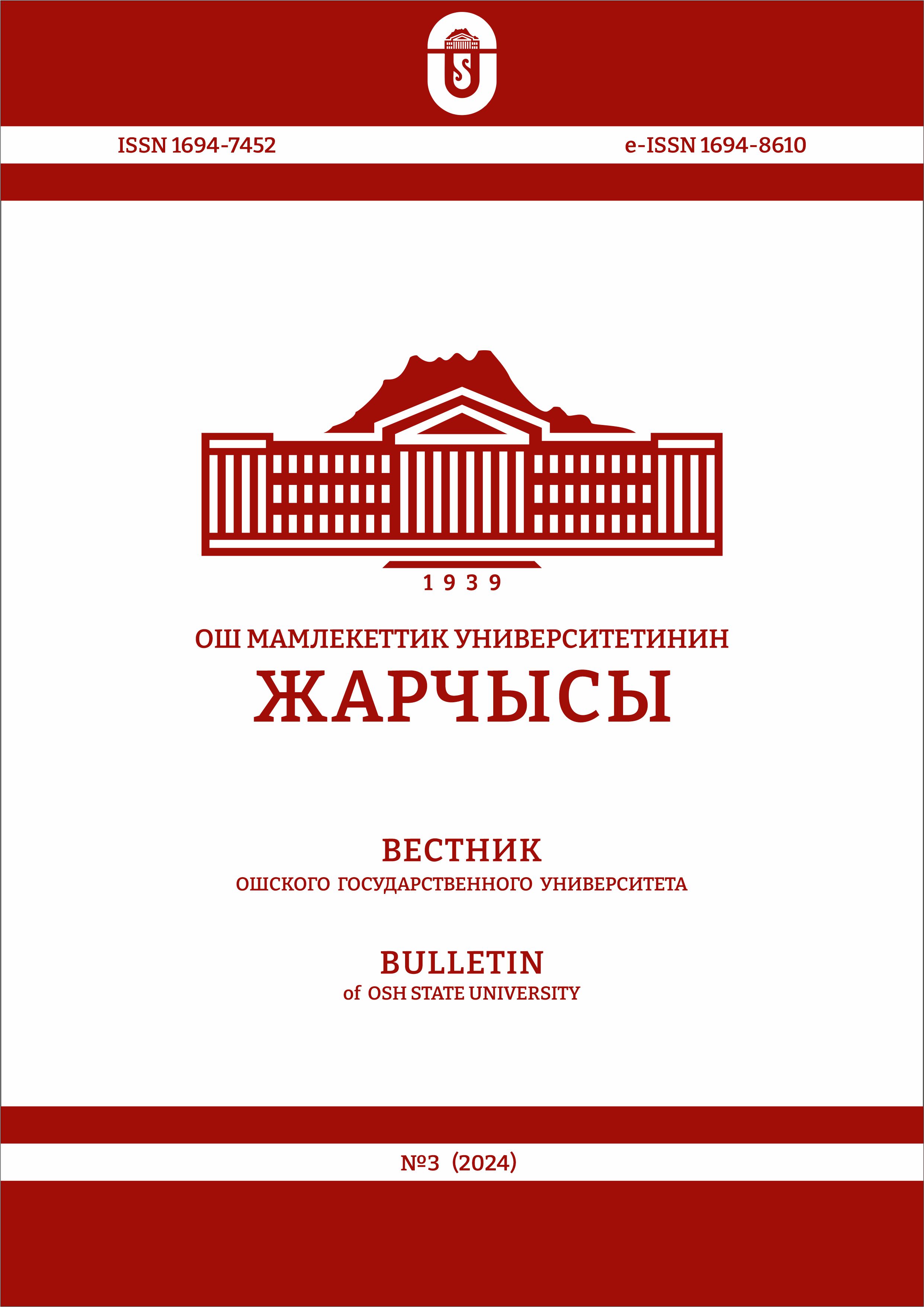A COMPARATIVE ANALYSIS OF THE TALE OF PHARAOH AND PROPHET MOSES
DOI:
https://doi.org/10.52754/16948610_2024_3_13Keywords:
Bible, Quran, ancient Egypt, pharaoh, prophet MosesAbstract
This paper researches the stories of the Prophet Moses and Pharaoh, focusing on their relationship. Historical sources related to ancient Egypt, and most importantly, information from the Bible and the Quran, were compared and analyzed to understand the phenomenon of the Pharaoh, who represents the most powerful form of authority and reaches the peak of arrogance. The study considers Pharaoh as a historical figure rather than a legendary character.
Western scholars have traditionally analyzed the stories of Prophet Moses and Pharaoh based on the Bible. In this study, the similarities and differences between the narratives of Prophet Moses and Pharaoh in the Bible and the Quran are identified. Historical sources concerning ancient Egypt have been used to explain the events described in both the Bible and the Quran. In turn, Islamic tafsir scholars have incorporated biblical information in their analysis of the holy scriptures of the Quran. The article emphasizes that the use of ancient Egyptian sources can only be effective in interpreting the scriptures related to Prophet Moses in the Quran. The comparative-analytical method plays a significant role in this study, allowing for a deep examination of the relationship between Prophet Moses and Pharaoh as described in both the Bible and the Quran.
References
Adam, B. (2011). Yahudilik ve Hıristiyanlık Açısından Kur’an’ın Tartışmalı Konuları. İstanbul: Pınar Yayınları.
Bucaille, Maurice. (2005). Tevrat, İnciller, Kur’an-ı Kerim ve Bilim. çev. Suat Yıldırım. İstanbul: Işık Yayınları.
Çiftçi, M. K. (2010). Eski Mısır Dininde Tanrı ve Öte Dünya İnancı. (Магистрдик диссертация). Selçuk Üniversitesi, Sosyal Bilimler Enstitüsü, Konya.
Fatoohi, Louay - Al-Dargazelli, Shetha. Musa ve Firavun/Çıkış Kitabı. çev. İbrahim Kapaklıkaya, Ayşe Meral. İstanbul: Gelenek Yayıncılık, II. Baskı, 2003.
Gündüz, Ş. (1998). Din ve İnanç Sözlüğü. Konya: Vadi Yayınları.
Gürkan, S. L. (2012). Yahudilik (4-басылыш). İstanbul: İSAM Yayınları.
Gürkan, S. L. (2013). Yahudilik. Türkiye Diyanet Vakfı İslam Ansiklopedisi (43-т. 187-197-бб). İstanbul: TDV Yayınları.
Harman, Ö. F. (1996). Firavun. Tirkiye Diyanet Vakfı İslam Ansiklopedisi (13-т. 118-121-бб). İstanbul: TDV Yayınları.
Harman, Ö. F. (2013). Yakub. Tirkiye Diyanet Vakfı İslam Ansiklopedisi (43-т. 274-276-бб). İstanbul: TDV Yayınları.
Hornung, E. (2004). Mısır Tarihi. (Которгон: Zehra Aksu Yılmazer). İstanbul: Kabalcı Yayınları.
Işık, E. (1991). Bakara Sûresi. Türkiye Diyanet Vakfı İslam Ansiklopedisi (4-т. 526-529-бб). İstanbul: TDV Yayınları.
Kuzgun, Ş. (1997). Haman. Türkiye Diyanet Vakfı İslam Ansiklopedisi (15-т. 436-437-бб). İstanbul: TDV Yayınları.
Reeves, N. Wilkinson, R. H. (1996). The Complate Valley of the Kings: Tombs and Treasures of Egypt’s Greates Pharaohs. USA: Thames Hudson Ltd.
Sipahioğlu, M. (2021). Antik Mısır’da Rahip Sınıfı. Ankara: Ankara Okulu Yayınları.
Şamlıoğlu, İ. E. (2020). Antik Mısır Mitolojisinde Apep-Ra Düellosu ve Hz. Musa’nın Yılana Dönüşen Asası: Karşılaştırmalı Bir Değerlendirme. Ankara Üniversitesi İlahiyat Fakültesi Dergisi 61(1), 31-57. DOI: https://doi.org/10.33227/auifd.638741
Библия.
Куран.
Downloads
Published
How to Cite
Issue
Section
License
Copyright (c) 2024 The Author(s)

This work is licensed under a Creative Commons Attribution-NonCommercial 4.0 International License.



